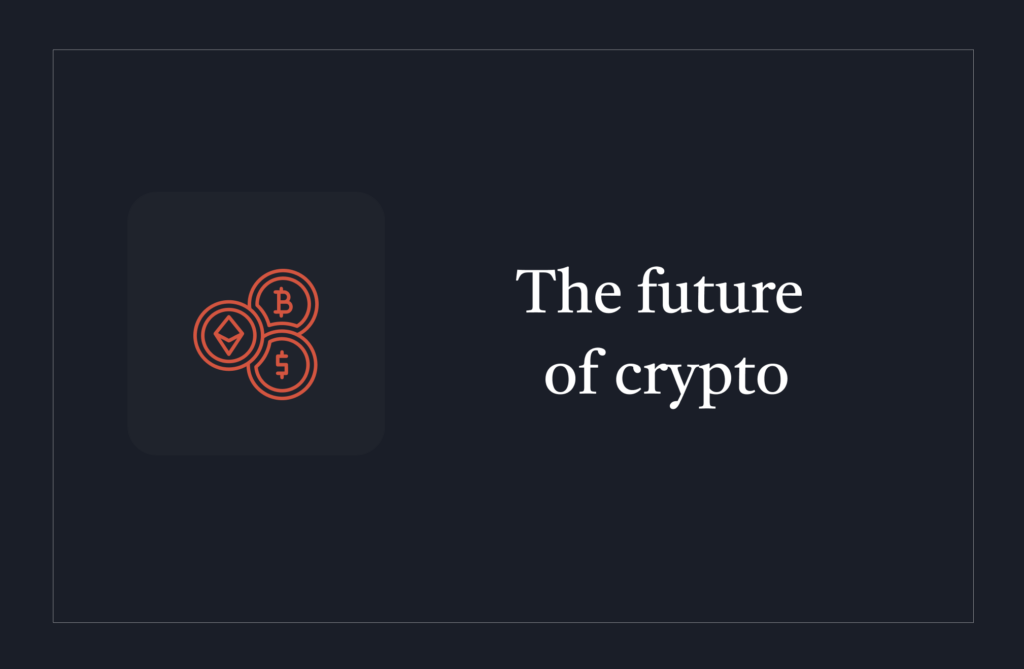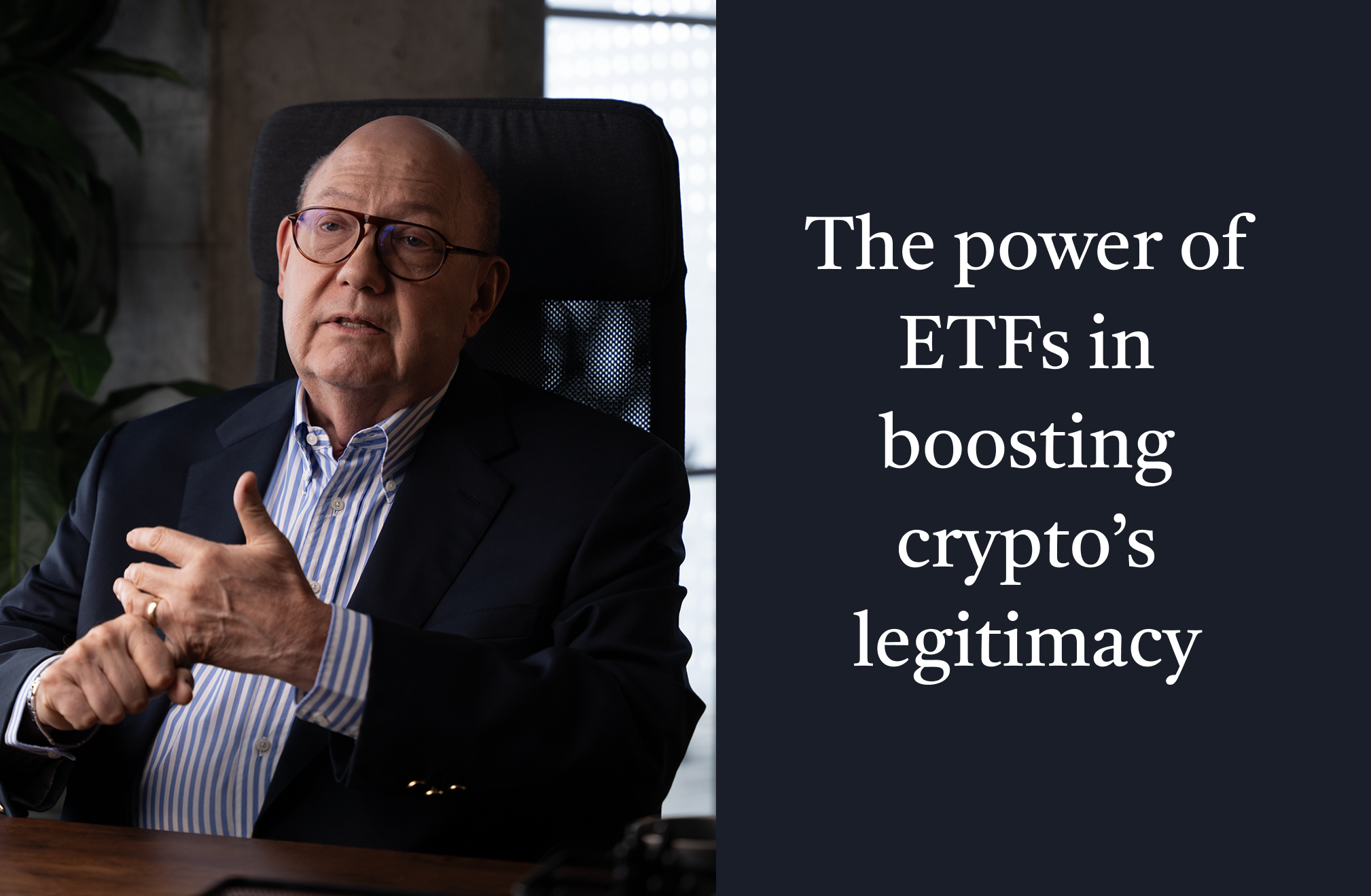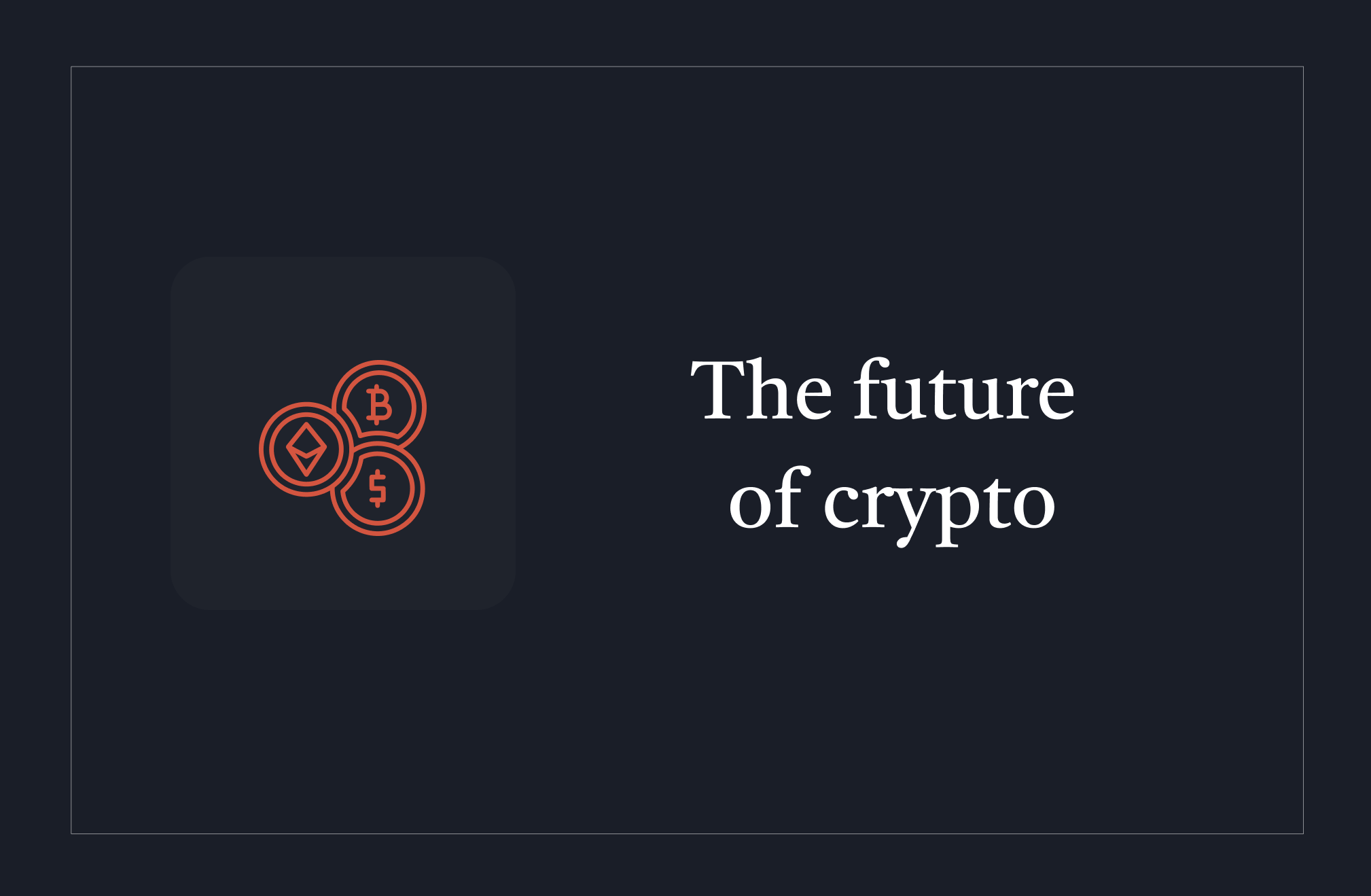
Gone are the days when crypto was simply an investment asset, confined to the tech-savvy communities of online forums. Crypto is today quickly cementing itself as a transaction vehicle, exhibiting tremendous efficiencies compared to the existing banking system. Its integration into mainstream commerce is reshaping how value is stored, transferred and transacted, making significant inroads as a seamless, borderless means of exchange.
The efficiency of crypto transactions
One of the most compelling advantages of cryptocurrency as a payment method is its ability to streamline financial management for individual users. Unlike traditional banking, where funds are often distributed across different accounts or as different kinds of assets, crypto enables users to keep one seamless pool of resources, eliminating the inefficiencies of transferring between investment accounts and payment-ready funds. Instead of having to keep investments in one pocket, and, when they want to pay, transfer it to another, crypto holders can access and deploy their assets instantly, without delay.
Continuing the comparison with traditional banking, international transactions often require intermediaries, resulting in delays and potentially high fees. Banks are very efficient within their own individual currency zones, but when it comes to traversing different currency zones, they are incredibly inefficient. By contrast, crypto transactions are settled within minutes, no matter where in the world they are coming from or going to. We’ve seen how companies are increasingly turning to crypto for payroll, supplier payments are large-scale trade.
The future of crypto payments
As crypto continues to gain traction in global finance, it is obtaining an undeniable role as a legitimate payment solution. The narrative is shifting, and crypto is increasingly seen as a transaction vehicle. We can see this in the rise of stablecoin use, not just for trading, but for everyday payments. People don’t necessarily buy a stablecoin as a store of value indefinitely, but also use it very heavily for transactions, making it a practical alternative to fiat.
The volume of transactions processed by stablecoins such as USDC and Tether are a testament to this increased adoption. Last year I remember seeing how in one week alone, Circle handled $267 billion in transactions, with a significant portion likely tied to real-world payments rather than speculative trading. We’re seeing that in our business. It’s simply much more efficient than getting a standby letter of credit and then wiring money when an international transaction occurs.
ForumPay for seamless crypto integration
Our mission with ForumPay is to help pave the future of payments by integrating cryptocurrency as a mainstream alternative to cash and cards. We see crypto as a viable means of exchange that offers faster transaction speeds, reduces the cost of each transaction for merchants, and enhances security across the board. The borderless nature of cryptocurrencies has allowed our partners to use ForumPay to foster stronger relationships in international trade and expand into multiple new markets.
Other partners have used ForumPay to make a tangible difference on everyday processes, such as faster check-in and check-out procedures in the hospitality sector. Our user-friendly interface and seamless API and plug-and-play integration makes this solution malleable, able to adapt to almost any sector, whether digital, public-facing or B2B. Looking ahead, I believe financial institutions and corporations will continue to integrate crypto into their payment infrastructures. ForumPay will be at the forefront of this evolution, providing businesses with the tools they need to seamlessly adopt crypto payments.
For more of my insights and reflections on my current projects and businesses, take a look at the other articles on my blog, visit my YouTube channel and follow @williamerbey on social media.






